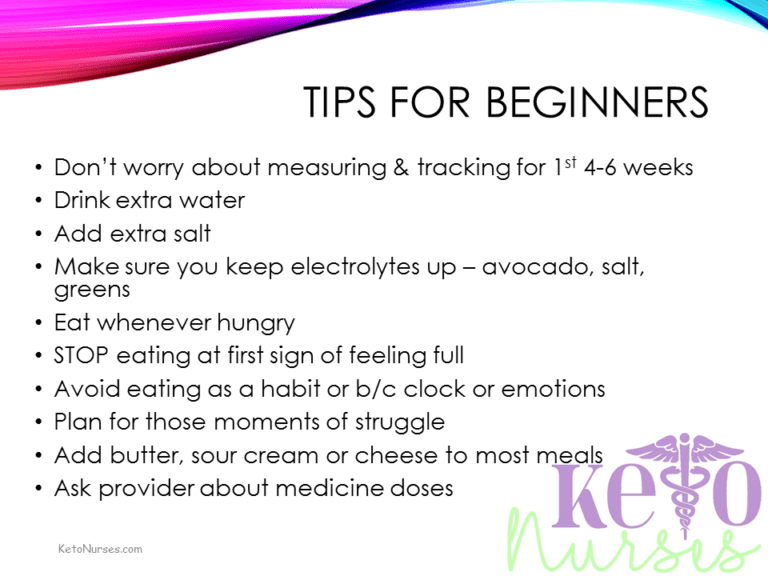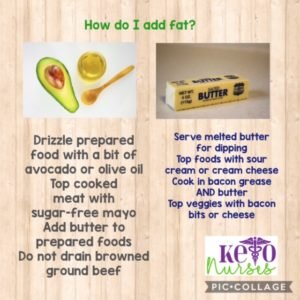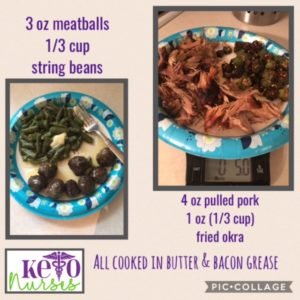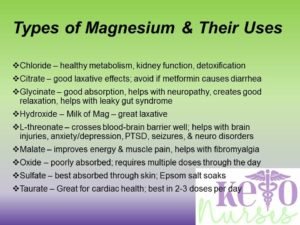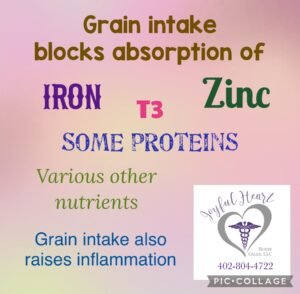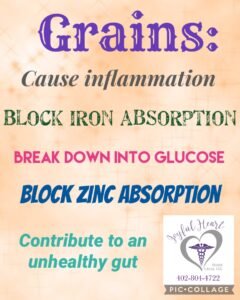Now that we know God has a better plan for our health, how do we find it? What do we do now? How do we get healthier?
1. Start wherever you are. Making small changes over several weeks can add up to MAJOR health benefits. Some people can go “cold turkey,” cutting out all grains & sugars, but many of us just cannot do that. So, take baby steps. One change today, another change in a few days, & on we go to a healthier life.
2. CHOOSE to ADD a healthier food to your life. AND Pick something you are willing to cut out and cut it out. Lay out a plan over the next few weeks to ADD something healthy AND cut out 1-2 unhealthy items each week. People are much more successful at accomplishing goals when written out and planned well.
3. One of the most common changes people make is to reduce or cut soda from life. Soda is loaded with chemicals & sugars or sweeteners that trigger a lot of chemical reactions in the body; many of these chemicals & reactions have been linked to all sorts of health problems & chemical imbalance. I confess – I used to be one of those people that swore I’d NEVER stop drinking my soda. I frequently would drink 2-3 liters per day! And I hated water. But as my weight neared the 200 pound mark, I knew something HAD to change. So I switched to green tea. After many months, I was able to cut out the tea and now I drink water. Because 67% of the human body is made of water, it is extremely important to drink plenty of water every single day. The “rule of thumb” is to drink half your body weight in ounces of water daily. For example, if you weigh 200 lbs., your water needs are nearly 1 gallon – at 100 ounces per day. Note, however, that for people weighing MORE than 200 lbs, there is a hazard risk to drinking MORE than a gallon of water per day; in general, most of us need about 3 liters per day – not quite a gallon a day. Too much water can flush out essential nutrients and electrolytes, creating dangerous symptoms.
4. Seek out people to join and support you on this journey to better health. Look for authors, groups, and friends who are also focused on similar health goals and spiritual support as yourself. Start a support group in your town, community or church.
5. Keep your efforts positive! Don’t focus on cutting out the unhealthy items; focus on adding healthier foods. Remember that natural fats are NOT unhealthy. Add butter, coconut oil, avocado & olive oils, tree nuts, & even cheeses.
6. Remember that fats will keep you fuller longer than carbohydrates. Adding healthy fats to meals can help you go many hours without feeling hunger, thus reducing your intake. When I drink my fat-filled coffee, I often go 6-8 hours to my next meal, obliterating the standard “rule” to eat every 2-3 hours.
7. Start by reducing portion sizes. Remember that the stomach is only about the size of your fist. So, an easy method to eat less, is to cut portions in half when you prepare your plate. I teach people to eat on saucers or salad plates to help keep portion sizes down. Separate your plate of food into halves or thirds; from that division, make a “takeout” for lunch the next day or split with your spouse or meal companion.
8. Keep meat portions small – about the size of a deck of cards. This tip is vital for people with high glucose or sugar problems. Eating large quantities of meats while cutting out carbs can trigger a process where the body will produce glucose from the excess protein, and can result in elevated glucose levels – not helpful for people with metabolism problems or diabetes.
9. Drink a glass of water about 10 minutes before eating to help your stomach signal fullness sooner during eating. Remember that it can take up to 15 minutes for the brain to recognize fullness and tell you to stop eating. Most of us can finish off a huge plate of food in less than 10 minutes. If you finish a plate of food in under 10 minutes, wait before refilling your plate.
10. Use this plate as a general guide to preparing your plate. Try to decrease carbs as you increase fats – remembering that this specific tactic should be used VERY short-term. Consuming high amounts of carbs AND high amounts of fats for weeks or months st a time, may increase your risk of heart disease and a decline in health.
11. If you cut out carbs “cold turkey,” do your research into “carb flu” or “keto flu.” Carbohydrate conversion to glucose has caused addiction in most of us; dropping carb intake suddenly can contribute to a variety of vague symptoms that can be quite significant to normal function. Symptoms can include headache, muscle aches/cramps, feeling tired, mood swings, irritability, insomnia, and slower bowel movements. In general, these symptoms last about a week or so; some people take a few days more or less to overcome these symptoms. Being prepared with lots of salty broth, avocado, magnesium & potassium-rich foods help dramatically. I typically don’t recommend going cold turkey for most people because many folks get frustrated when symptoms seem worse right away when they’ve been told they will feel better giving up carbs. Some people just can’t seem to fight through these temporary symptoms. THE BEST method for minimizing carb flu symptoms is SALT! YES!! I said salt, and I mean a LOT of salt.
12..One of the most shocking truths that people seem to struggle with is the idea that fruits also have to be cut. Subbing out a candy bar for a banana sounds like it would be MUCH healthier, but in all reality, it’s only slightly better. Fruits have been genetically engineered to taste maximally sweet – that sugar must go somewhere – it fills the bloodstream with excess sugar that must be managed by the body. I usually recommend at least 30 days of no fruit, sweeteners, or processed foods, once most of the carbs have been cut out. This method allows the taste buds to reset and enjoy less-sweet flavors and it helps the liver with detoxification, reducing its workload. Another problem with fruit is frutose – the fruit sugars. NO part of the body can use it and so it is shipped directly to the liver, where it contributes to fatty liver disease, because the liver cannot use it either.
13. Pay close attention to your body’s signals. Hunger is designed to alert us to the need for fuel; it should signal that it’s time to seek food by a stomach emptiness &/or growl. A clock or social event should not dictate meal times as we’ve thought in modern times. The most basic rule to go by is: if you are not physically hungry, do not eat. There is no need to put fuel in a full tank.
14. The new buzzword today is “gluten-free.” Don’t fall for it. While I do recommend going grain-free, substituting more high-carb, processed, nutrition-less fake foods will not contribute to good health. Gluten-free foods utilize rice, potatoes, fruits & other grains to make comfort/snack foods. So, paying for high-priced food-like chemicals will not improve your nutrition status.
15. Because we’ve become accustomed to eating low fat foods, our tendency now is to purchase similar foods and think we’re making healthier choices. When possible, make full-fat choices. Foods are either flavored with fats or sugars. Sugars are the most detrimental to our health as evidenced by elevated glucose levels after consuming them.
16. When buying groceries, try to shop the perimeter of the store; avoid aisles of processed, boxed & bagged food items. The edges of the store typically contain the produce, meat, & dairy products – most of what is in your new lifestyle.
17. Read labels. Look for non-food words, like preservatives, chemicals, & sugars. With 60+ terms for sugars, it can take a while to figure out how manufacturers attempt to hide sugars from us. Keeping food choices closest to the farm will help keep shopping focused – at least for the first few weeks. Frozen foods are often fine; some canned foods may be ok as well. Purchase the cheapest cuts of meats as these will contain the highest natural fat content. Just make the best possible choices within your budget. Cutting out expensive processed foods will also contribute to decreased spending! What a bonus!
18. Record your intake. Write down everything you eat and drink. Or use an app. MyFitnessPal and Cronometer are both very popular apps for helping to keep track of intake and macros. Finding your “sweet spot” with macronutrients can take a little time, depending on your specific health conditions, medicine use, & body chemistry. Macronutrients are proteins, fats & carbohydrates. While I typically recommend 70-80% fat, 15-25% protein, & 5% carb intake for the average person, I often individualize a plan that is very specific and based on personalized needs.
19. In addition, adjusting medication doses for patients means I also build great relationships with my patients because they come in for visits as often as every week – at least for a while. I am a firm believer in keeping communication with your provider very open; if you are cutting carbs while on medicine, many doses may need to be decreased, while some meds may need to be stopped. Even if your health care provider is NOT very supportive of low carb nutrition, they will still need to be aware of your glucose & blood pressure levels in order to make medication changes safely & accurately.
20. I remember when I began implementing these methods of weight loss during the Bible study. For the first few days, I would go about 11-12 hours waiting for true physiological hunger to signal me to eat. For people with sugar problems & diabetes, this step should be done with the assistance of a trained healthcare provider to avoid dropping your glucose to an unhealthy level. Using both diet AND medications for sugar control can cause serious drops in your glucose level. It is very important to seek out help managing medication doses and appropriate reductions in your prescribed medicine.
21. I also found that frequent prayer helped me focus on eating healthier. Staying in close communion with the Holy Spirit helped me be aware of eating when I wasn’t hungry or eating after I was full. I really tried to keep Proverbs 23:1-2 in my mind & heart 24/7. Yoga, meditation, and mindfulness techniques are also very helpful.
22. Find an accountability partner – in addition to the Holy Spirit. Research shows that people who change lifestyle habits succeed at much higher rates than people who go it alone. Eating is a social event, so changing your diet WITH someone is much easier than eating two different meals. Purchasing groceries for one meal plan is also much less expensive! At worst, your eating buddy can still have carbs if so desired; prepare 1 meat and 1 vegetable, and allow for carbs for other family members if they think they need them. LOL
23. A lot of people making lifestyle changes begin or resume taking loads of vitamins & supplements. Most are unnecessary, not helpful, poorly absorbed & pricey. I don’t typically recommend multivitamins at all any more. I usually recommend Vitamin D, as we are all pretty deficient. If you have your level tested, you can monitor your level annually to be sure you stay in the normal range. Many cardiologists are also recommending magnesium supplements now too; for one, it’s great for heart health & it aids in the absorption of the Vitamin D. Other cofactors include Vitamin K2 and iodine.
24. Keep a journal. Write down your thoughts and feelings as you enter this journey. Record your current symptoms and as you begin to notice relief, record that too. My hip arthritis & psoriasis disappeared after 2 weeks of cutting out the grains – totally unexpected benefit! Record methods that God uses to help you reduce intake or make healthier choices. Keep track of blessings so that difficulties are easier to bear!
25. Lastly, do NOT wallow in guilt, fear or shame. There are loads of tips here. You do not have to make every change mentioned here. Just pick a few that seem like they would benefit you the most & start with those changes. Come out of that darkness and into the Light. God wants us to LIVE. He wants us to LIVE a long and healthy life. He wants us to be blessed and to bless others.

